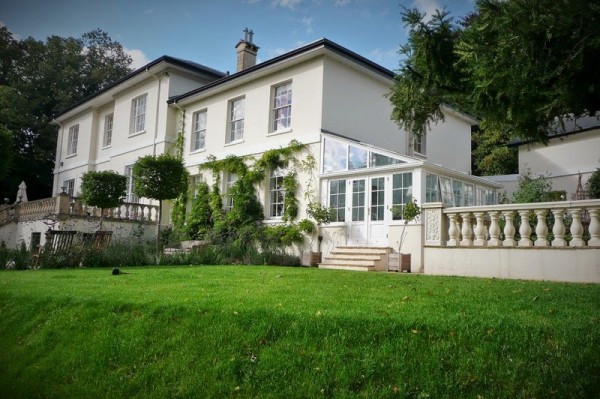Period properties have unbeatable character and charm that makes them such a valuable part of the British heritage. However when our ancestors were building these Victorian, Georgian and Tudor houses, it seems they didn’t really have the 21st century family in mind.
Funny that. It can be a real shame when the perfect home is just that little bit too small, especially for a growing family that wants to stay put in their abode. So if you’re thinking of building an extension on a period property, this introductory guide should help.
Getting Planning Permission
An application for planning permission can be hard enough if you live in a new build, so be prepared for a lengthy process if you seek to extend an old building, especially if it’s listed.
If your property isn’t listed, you may be able to make alterations such as single storey extensions under permitted development rights, but it’s essential to do your research before making any moves. And firm down exactly what you want to do with the property. A planning consultant can offer advice if you’re struggling to figure these things out for yourself.
Budget the Project
Period properties have their own quirky and often complex features that can make them something of a Pandora’s box when you try to alter their structure and layout. Load-bearing walls, complicated pipe structures, and unique foundations can result in obstacles along the way if you haven’t properly looked into the project before starting.
Getting quotes from specialist construction companies and enlisting the help of an architect or surveyor will ensure that you spot any potential problems and accurately budget the overall project. Remember that for features such as stonework and roofing, you want the extension to be in-keeping with the original build. For this reason, only experienced and reputable specialists should be chosen if you want the finished results to meet expectations.
Completing the Project
Depending on the size and scale of the extension, these projects can take anything from a few weeks to many months. Staying in control of the workmanship and budget is essential for even the lengthiest of projects, as slip-ups in one aspect could compromise the feasibility and finish of the whole job.
Meanwhile, when it comes to the finishing touches such as decorating your new extension, try to keep the character of the original building running through into the extension. Antiques from the period that you are trying to replicate, tasteful décor and colour themes, and appropriate paintwork can all make your new build blend into the old.
Whilst you do have to be careful when developing an extension on a period building, there’s no reason why you shouldn’t undertake such a project, as long as you’re prepared to invest the time and money to do it right. By choosing a reliable and experienced team of specialist builders, and getting the appropriate planning permission, you can make your dream home even more perfect with seamless results.
This article is written by Kelly Gilmour Grassam, a freelance copywriter from Yorkshire. You can follow her on Twitter at @KellygGrassam. This article has been written with helpful information from Henley Stone.
